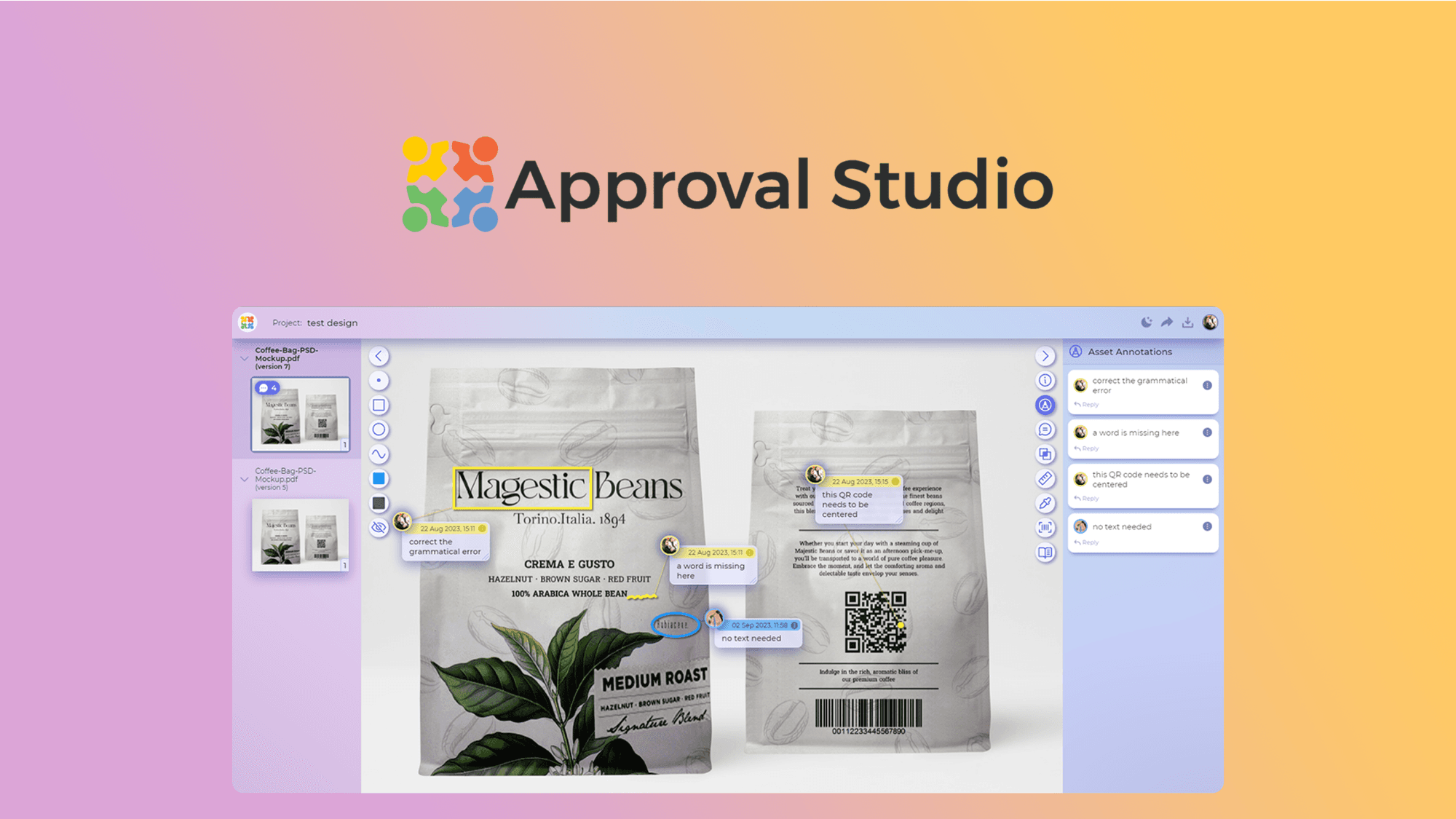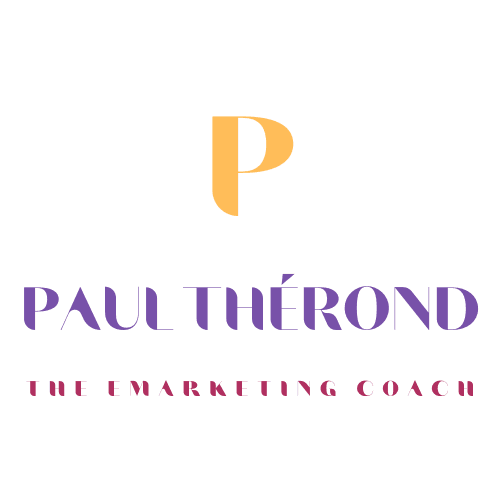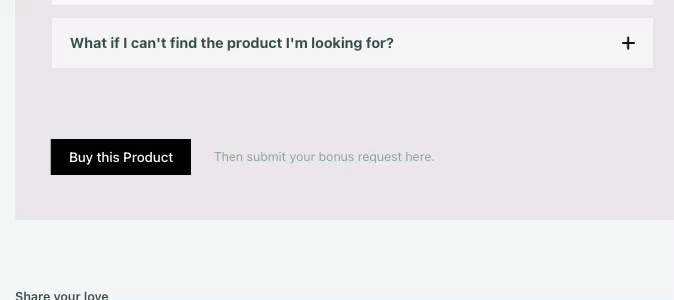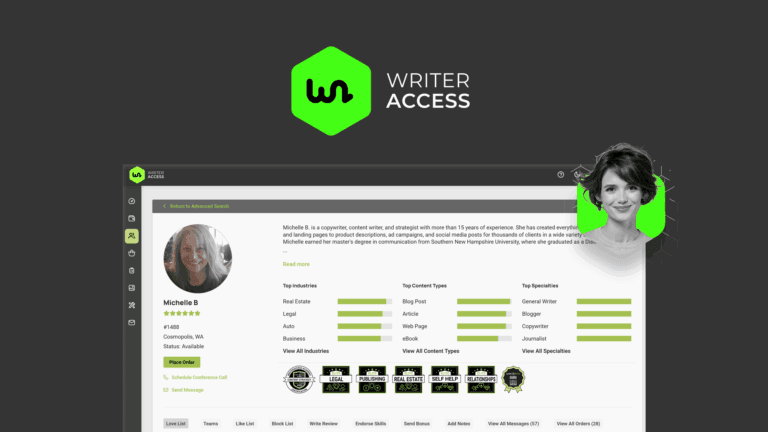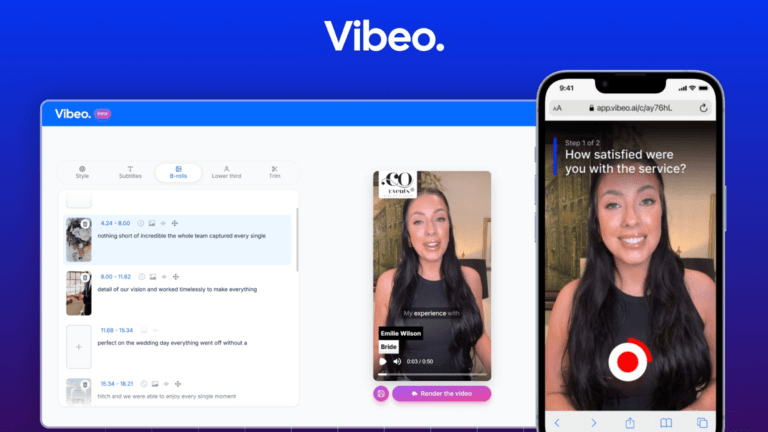The Design Demon’s Descent
The red notification bubble mocked me, another client email demanding revisions. I stared at my screen, temples throbbing, wondering how I’d reached this point of creative exhaustion. Three major design projects, each requiring countless iterations, were consuming every waking moment of my life.
“Sarah, we need those marketing materials by tomorrow,” my project manager’s voice cut through my spiraling thoughts. Another impossible deadline. Another potential miscommunication waiting to happen.
My design agency had become a hamster wheel of endless email threads, screenshot annotations, and frustrated client calls. Each revision cycle felt like navigating a communication minefield, where one misinterpreted comment could derail weeks of work.
The Communication Catastrophe
Design had always been my passion. But somewhere between managing client expectations and maintaining creative integrity, something had broken. Our workflow was a Byzantine maze of disconnected feedback, with critical design nuances lost in translation.
I remembered the last project – a comprehensive branding package for a tech startup. What should have been a smooth collaboration devolved into 47 email exchanges, 12 different file versions, and a client who seemed increasingly frustrated. Each annotation was scattered across different platforms, making coherent tracking impossible.
My team was talented, but we were drowning in communication complexity. Missed details, repeated explanations, version control nightmares – we were losing time, money, and potentially our professional reputation.
The Unexpected Lifeline
I first heard about Approval Studio during a late-night design forum discussion. A colleague mentioned a tool that could centralize design feedback, but I was skeptical. How many “revolutionary” platforms had promised efficiency and delivered complexity?
Curiosity eventually overcame my professional cynicism. I decided to explore this potential solution, expecting another disappointment. Instead, I discovered something transformative.
The platform’s interface was intuitive. Immediately, I could see how designers could annotate directly on design files, creating crystal-clear feedback channels. No more cryptic email descriptions or misunderstood comments. Stakeholders could literally point exactly where changes were needed.
Redesigning Our Workflow
Implementation was surprisingly smooth. Within days, our team’s entire communication paradigm shifted. The customizable kanban board allowed us to track project stages effortlessly – from “Initiated” to “Approved” – ensuring nothing slipped through administrative cracks.
The annotation tool became our new communication backbone. Clients could now add precise, visual feedback directly on design elements. A simple shape, a measured line, an exact comment – all captured with millimetric precision.
During a critical rebranding project for a local tech company, the transformation became evident. What would have previously taken weeks of back-and-forth was now accomplished in days. Clients felt heard, designers felt empowered, and our creative vision remained intact.
A New Creative Horizon
Our agency’s reputation began to change. Clients spoke about our “seamless process” and “incredible responsiveness.” We weren’t just delivering designs; we were delivering an experience.
The side-by-side design comparison feature became particularly revelatory. Clients could now see exact modifications, understanding our creative decisions with unprecedented clarity. No more ambiguity, no more misunderstandings.
Integration with our existing tools like Adobe Creative Cloud meant minimal disruption. We weren’t replacing our workflow; we were enhancing it.
Epilogue: The Design Professional’s Wisdom
What I learned transcended technological implementation. True innovation isn’t about finding a perfect tool, but about creating transparent, collaborative environments where creativity can flourish.
For design professionals feeling overwhelmed by communication challenges, remember: The right platform doesn’t just solve technical problems – it restores your creative passion. It transforms frustration into collaboration, complexity into clarity.
Our industry doesn’t just need better tools. It needs better communication ecosystems that respect both creative vision and client expectations.
In the end, great design is about understanding – and now, we finally had a way to understand each other.
